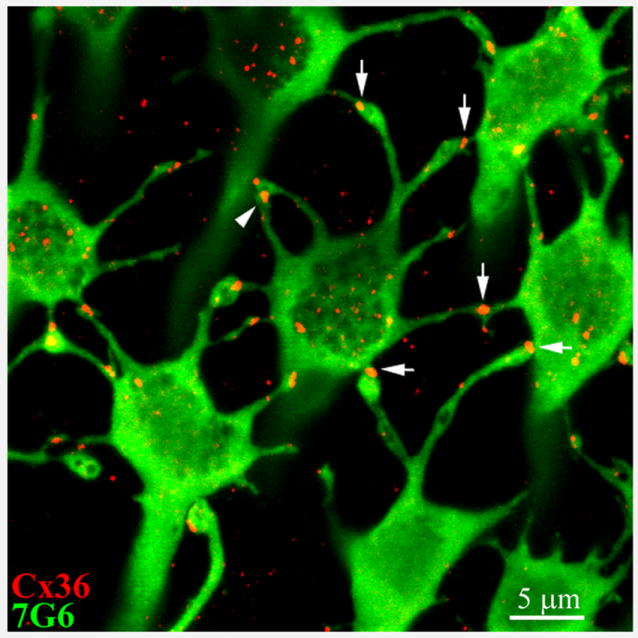Figure 5. Cx36 plaques occur precisely at telodendrial contacts between adjacent cone pedicles.

A high magnification image of 7G6-labeled cones (green) shows Cx36 (red) forms gap junctions at all 10 cone contacts of a single cone pedicle. This cone has Cx36 plaques at 8 telodendrial contacts (vertical arrows) and at 2 basal contacts from neighboring cones. The number of gap junctions may exceed the number of telodendria because some neighboring telodendria make gap junctions with the base of the cone pedicle (horizontal arrow). In addition, autologous telodendrial contacts may also occur where one telodendria forms a gap junction with another telodendria, originating from the same cone pedicle (arrowhead). Some telodendria on the left side make contacts outside the image plane. 6 × 0.31 μm optical sections.
